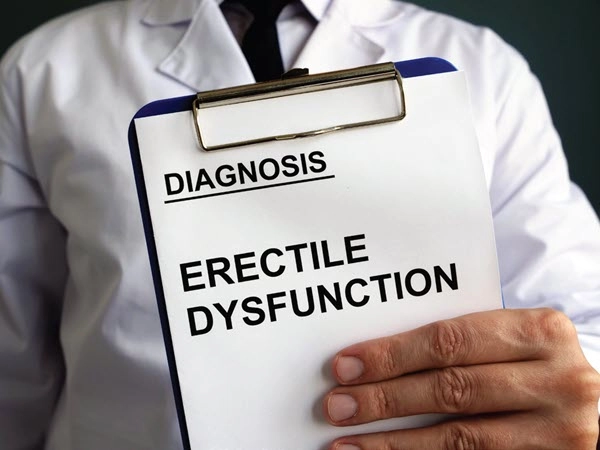
Erectile Dysfunction Diagnosis Codes:
Understanding ICD 10 for Treating Erectile Dysfunction
Erectile dysfunction (ED), commonly known as impotence, is a prevalent concern primarily affecting men’s sexual health. ED is the difficulty of achieving or maintaining an erection firm enough for sexual intercourse. The condition is treatable and manageable using different therapies and medications. As with any medical condition, there are medical codes issued to cover the diagnosis and treatment of ED. ICD (International Classification of Diseases) 10 codes are used for diagnosing and reporting medical conditions. This blog will focus on Vidalista tips for the treatment of erectile dysfunction.
ICD 10 Coding Tips for Treating Erectile Dysfunction
It’s crucial to understand and use ICD 10 codes correctly when dealing with ED-related medical issues. The first and most crucial step is to identify the root cause of ED. Different medical conditions, including hypertension, diabetes, and low testosterone levels, can cause ED. Once the underlying cause of ED has been identified, a suitable ICD 10 code can be assigned to help manage the condition.
ICD 10 Codes for Erectile Dysfunction
ICD 10 codes used to diagnose and report ED include:
N52: Male erectile dysfunction
This code is used to indicate that there’s an issue with the penis, making it difficult to achieve or maintain an erection.
F52.2: Sexual dysfunction not caused by an organic disorder
This code is used when sexual dysfunction is linked to psychological factors affecting the patient.
E29.1: Testicular hypofunction
Testosterone levels play a crucial role in male sexual health and function. This code can be used where testosterone levels are abnormally low, leading to ED.
Conclusion
ICD 10 codes are essential for the proper diagnosis and management of ED. When encountering ED cases, clinicians must take time to identify the cause and assign the correct ICD 10 code. This helps in managing the condition effectively and providing the right treatment. In addition to the ICD 10 codes, it’s also important to visit a urologist to undergo a thorough evaluation of the condition.
If you’re looking to buy ED medications like Generic Viagra(Aurogra 100) or Cialis(Vidalista 60), it’s important to consult your doctor and receive a prescription. By doing so, you’ll receive the right dosage and avoid any potentially harmful side effects. Don’t purchase these drugs from unlicensed online retailers as this may lead to substandard or even counterfeit products.
In conclusion, understanding ICD 10 codes for the treatment of ED is crucial for managing the condition effectively. By identifying the correct diagnosis codes, clinicians can provide appropriate treatment plans for patients. Additionally, it’s important to seek advice from a urologist and receive a prescription for any ED medications. This helps to avoid any negative complications and ensures that you get the right treatment for your condition.




